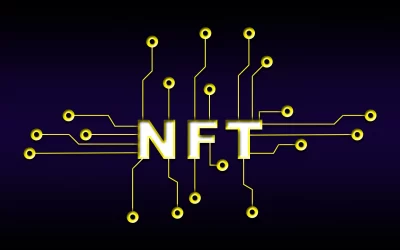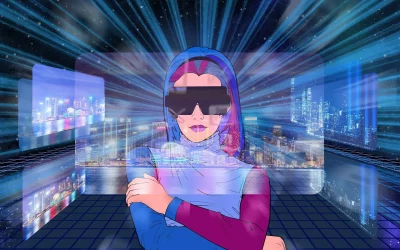
Polkadot ecosystem brings blockchain innovation to the traditional economy sectors
Elite blockchain startups and investors met in Lugano during the event Decentralized Lugano in April 2022. The event was promoted by Mark Cachia, well-known investment manager and founder of VC firm Scytale toghether with BIL (International Bank of Luxembourg ) Suisse. The event was meant to raise awareness of the importance of Blockchain technology. The participants, guests and start-ups came from all over the world to connect and bring blockchain innovation to the traditional economy sectors using Polkadot technology.
Grasping the oportunity to combine his extensive experience in the financial industry, and technology experience of Ed Hesse, Gavin Wood and Aeron Buchanan, Mark founded Scytale Ventures in 2017 his funds, Horizon I and Horizon II, are enterily focused on blockchain ventures.
We had the great pleasure to ask Mark about the state and evolution of Polkadot ecosystem.
How did you come on the idea to create Scytale Ventures VC fund?
The story starts in 2016 with an investment I made into a startup run by a friend, Ed Hesse, which was named Grid Singularity. The mission was to decarbonize the world energy grids using blockchain. For 20 years I had worked in the financial industry, most recently for a bank in Europe and previously for a large financial institution in the US. Embarking on the life of an entrepreneur in mid 2015 was challenge, co-founding a wealth management company which offered equity and private equity solutions for clients. I furiously educated myself on the long commute to and from the office, consuming books, language lessons, and podcasts, where I heard Naval Ravikant’s interview on the Tim Ferriss Podcast. To paraphrase, Naval said that he only wanted to invest in technology, because technology was responsible for the improvement of the human condition, and would continue to do so at a faster pace going forward. It was a Eureka moment which resonated deeply with me. I had first encountered Bitcoin in an article by Farhad Manjoo, back in 2011, but it was just too complicated to buy at the time, so I left it. One of our employees pushed to open a crypto trading fund, but I resisted, having invested billions with hedge funds, knowing how hard it is to consistently profit from trading. When ICOs started to gain steam in late 2016, early 2017, I saw the opportunity to merge my expertise in asset management with Ed’s expertise and network in blockchain, so I approached him in May 2017, and he agreed to launch a fund together. He brought 2 friends of his to the group, Aeron Buchanan and Gavin Wood. The thesis was to source and invest with teams building businesses on blockchain. Find them early, assess their business models and technology, then invest before they became widely known and adopted. I thought it would be an obvious value proposition for traditional investors, especially given my network in the hedge fund industry, but it was a bit early and optimistic.
How did you convince Gavin Wood to attend at the event Decentralized Lugano?
Dr. Wood is a close advisor and lead investor. I simply asked him. Lugano is so beautiful and easy to access that convincing was not necessary.
On which new projects are you working?
We have committed to supporting 11 teams so far with Scytale Horizon II. The thesis is supporting adoption, as this is what will drive blockchain mainstream. Among the projects we support are:
KILT Protocol, which provides for digital identity and credentials, a crucial building block for regulatory compliant interactions on blockchain.
JUR.io, which seeks to provide legal frameworks for blockchain native entities
Public Pressure, which provides music and cultural content NFTs, empowering the artists
Odyssey Momentum, dedicated to digital societies collaboratively creating, building, and scaling in an open source decentralized metaverse network.
What are your future expectations for Polkadot and for digital assets in the future?
We have seen quite some volatility as hyped tokens without strong fundamental designs and/or technology have gone offline, gotten clogged, or have simply crashed. Polkadot, which was built for the long term, takes the positives of Ethereum, which Dr. Wood technically architected and coded, and learns from the weaknesses, ensuring shared security, scalability, governance, interoperability, customizability, and upgradability. We believe that Polkadot will eventually be one of the most important ecosystems in the Web3 universe because of these features. Digital assets are a growing part of the technology landscape, and again to paraphrase Naval Ravikant, the place to be going forward.
Michela Mocanu












